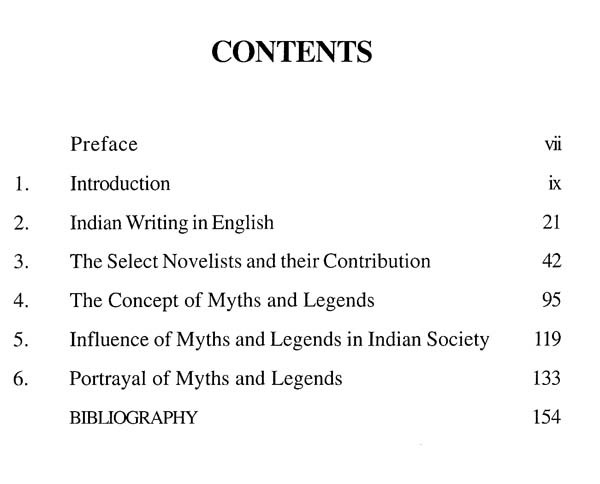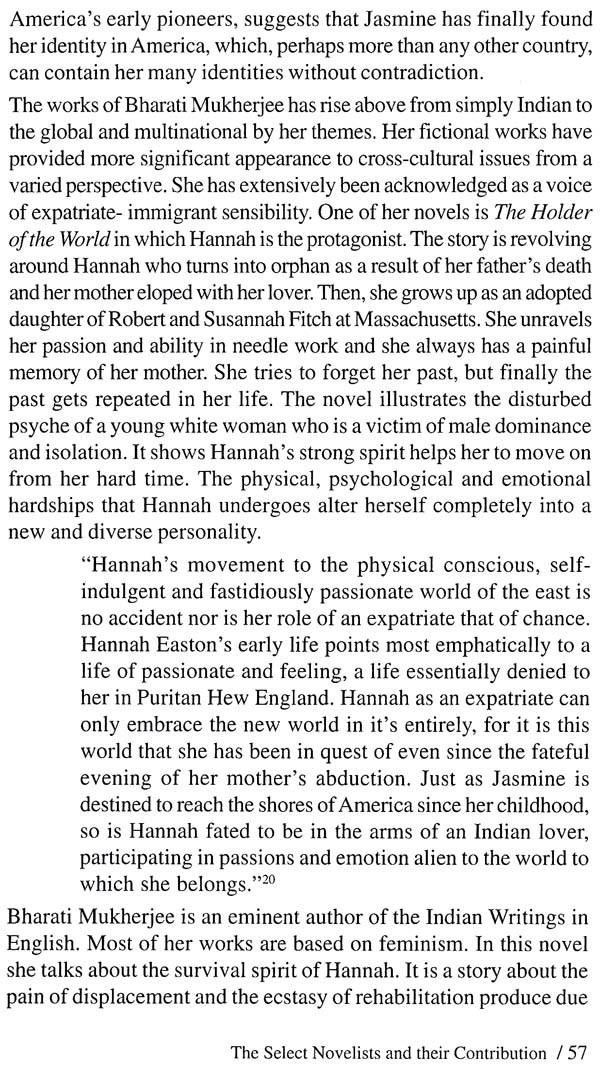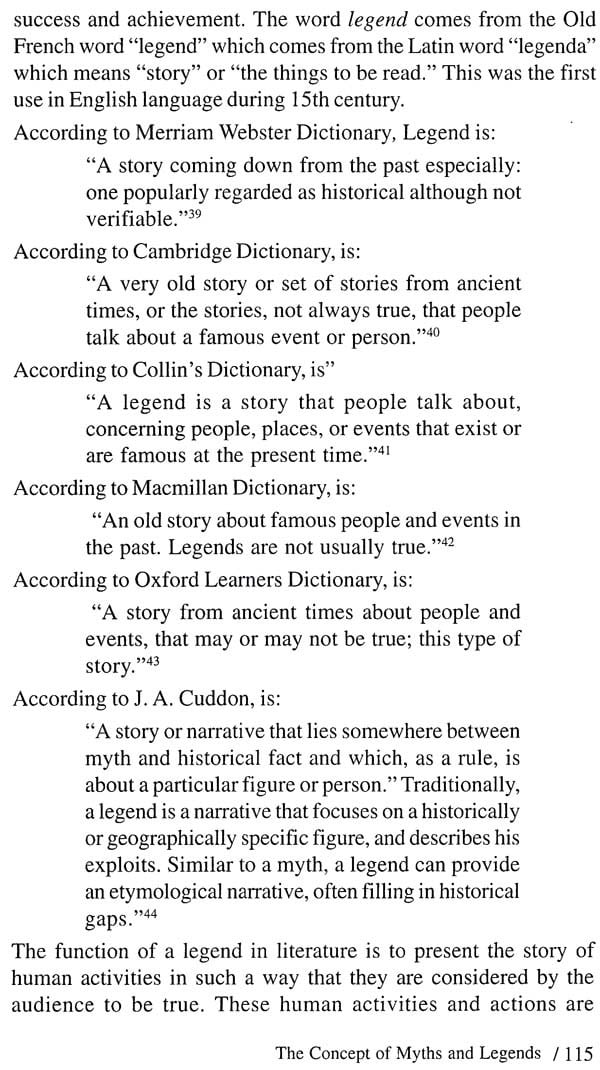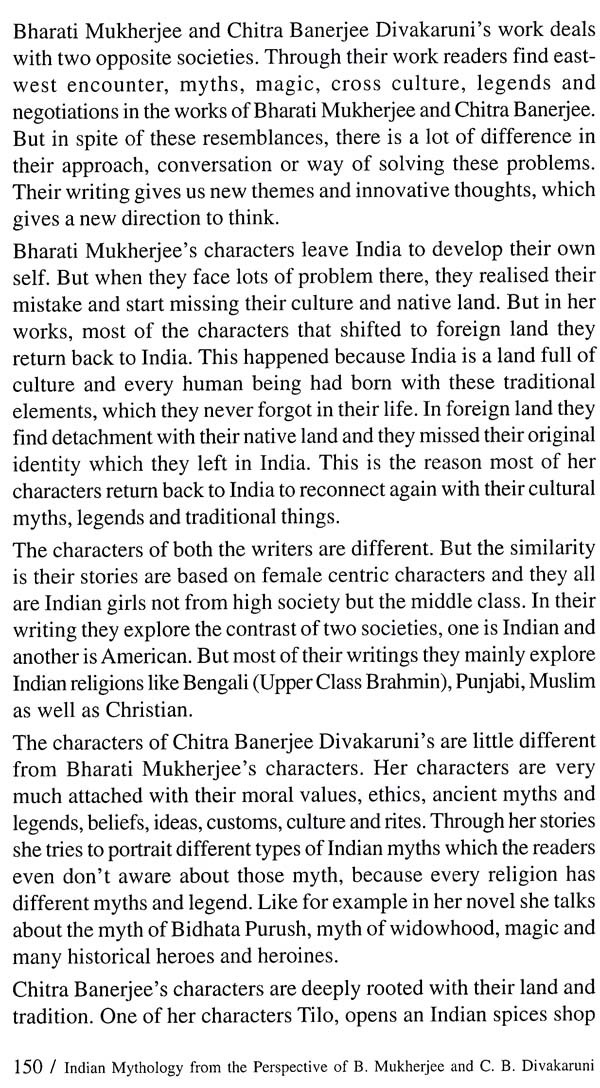
Indian Mythology from the Perspective of Bharati Mukherjee and Chitra Banerjee Divakaruni
Book Specification
| Item Code: | AZE975 |
| Author: | Maitry Mohan Bain |
| Publisher: | INTELLECTUAL PUBLISHING HOUSE, NEW DELHI |
| Language: | ENGLISH |
| Edition: | 2022 |
| ISBN: | 9788194784418 |
| Pages: | 166 |
| Cover: | HARDCOVER |
| Other Details | 9.00x6.00 inch |
| Weight | 320 gm |
Book Description
Their characters are shifted to foreign lands but they believed on myths because their roots are linked with those mythical stories and legends. People start living with those myths and think, this is their fortune. All the characters of these writers are from modern society but they still believe in traditional stories of God, Goddess, Demons and Ancient Heroes.
Bharati Mukherjee and Chitra Banerjee's writing are very much similar to cach other and most of their themes are very common. They both wrote on Indian culture, tradition, myths, social and cultural issues. All their characters are settled in foreign lands but they are deeply rooted with their native lands. But in The modern time, concept of myths, legends culture, tradition, values, and principles have now been changed. The leading characters of Bharati Mukherjee and Chitra Banerjee are gradually attracted towards modern life but they still believed on their social myths.
This book deals with two Indian English Diasporic Novelists and their works. This work tries to discover myths and legends in the works of Bharati Mukherjee and Chitra Banerjee Divakaruni in a brief manner. The second chapter explores the critical analysis of Indian Writing in English which discusses about the history of Indian English literature in India from pre-independence to post independence.
A Critical Analysis of Indian Writing in English discusses about growth of English Language in India before Independence. It tells about how English Language introduces India. So, the first time English Language came to India by traders. In 1600, the East India Company starts trading and from these traders' English language comes. Gradually, it starts growing and becomes part of English literature. Before freedom writers wrote in their own languages as Hindi, Bengali, Marathi, Punjabi, and Urdu these all are dialectical languages which were very popular in that time. But nobody could write anything in English Language. When English language comes to India it becomes part of these languages and many writers translated their works into English language. Like Rabindranath Tagore, Bankim Chandra, Aurobindo Ghosh, Nirad C. Chaudhari, Sarojini Naidu and Toru Dutt all these Indian writers translated their works in English. Gradually, Indian writing becomes an important part of English literature.
**Contents and Sample Pages**











